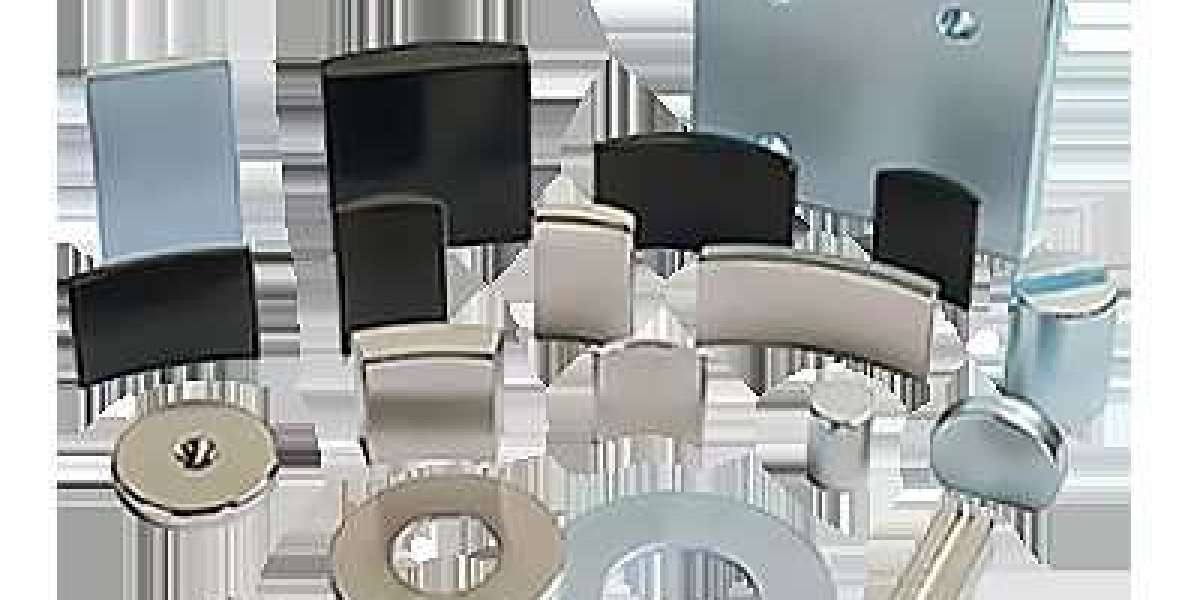With the rapid development of industrial technology, the transmission system, as a bridge connecting the prime mover and the working machine, has a decisive influence on the operating efficiency of the entire industrial system due to its performance and reliability. Against this background, the permanent magnetic coupling has gradually emerged with its unique advantages and has become a shining star in modern transmission technology.
As a new type of coupling, the core of the permanent magnetic coupling is to connect the prime mover and the working machine through the magnetic force of the permanent magnet. It does not require direct mechanical connection, but uses the interaction between rare earth permanent magnets and the characteristics of the magnetic field that can penetrate a certain spatial distance and material to achieve the transmission of mechanical energy. This design completely solves the leakage problem of dynamic seals in some mechanical devices, making the transmission system more stable and efficient.
The permanent magnetic coupling is mainly composed of an outer rotor, an inner rotor and a spacer sleeve. Among them, the outer rotor and the inner rotor are made of permanent magnetic materials respectively, and the torque is transmitted through the connection of magnetic lines of force. The spacer sleeve plays an isolation and protection role to ensure the stable operation of the transmission system.
Features of permanent magnetic coupling
No shaft seal required: One half of the permanent magnetic coupling is located inside the other half of the coupling, and the half coupling does not extend when the shaft is connected, so no shaft seal is required, achieving leakage-free or absolute sealing.
Buffering and vibration reduction: The permanent magnetic coupling has certain buffering and vibration reduction performance, which can effectively reduce vibration and impact during transmission.
Good compensation performance: The permanent magnetic coupling has good axial, radial and angular compensation performance, which can adapt to a certain degree of installation error and deformation.
Limited torque transmission: The permanent magnetic coupling can limit torque transmission, realize overload protection, and play the role of a safety coupling.
Simple structure and easy maintenance: The permanent magnetic coupling has a simple structure, does not require lubrication, is easy to assemble and disassemble, and is easy to maintain.
With its unique advantages, the permanent magnetic coupling is widely used in sealed transmission machinery in the chemical, electroplating, papermaking, pharmaceutical, food, vacuum and other industries. At the same time, it has also been widely used in fan transmission systems, ship transmission systems, petrochemical equipment, mining machinery and other fields. These application scenarios put forward high requirements on the high temperature resistance and corrosion resistance of the transmission device, and the permanent magnet coupling meets these requirements with its excellent performance.
With the continuous pursuit of environmental protection, energy saving and efficient transmission technology around the world, the development prospects of permanent magnet couplings are very broad. In the next few years, permanent magnet couplings will continue to make new breakthroughs in technological innovation, product upgrading and market expansion. At the same time, with the accelerated advancement of the serialization and standardization process of permanent magnet couplings, its application will be more extensive worldwide, and the market prospects are very promising.
In short, as a shining star in modern transmission technology, permanent magnet couplings have been widely used in various fields with their unique advantages. In the future, we have reason to believe that permanent magnet couplings will play a more important role in the field of global transmission technology and contribute more to industrial development.








